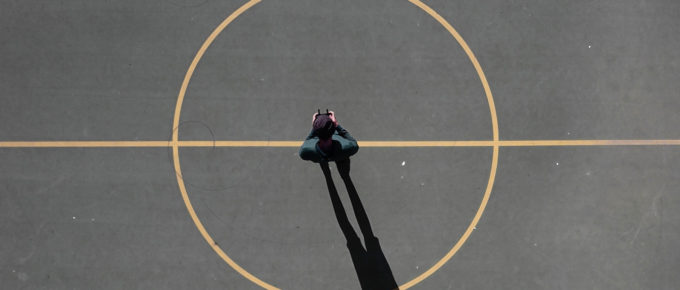We crossed the threshold of two years with the pandemic just a few days ago. We all entered into this liminal experience together, unequal though that still was. Two years on, we are not all leaving it together. There are more than cracks around the edges, and our personal experiences are fragments of a shattered whole. For those still trying to navigate through to the other side, there are insights that liminality has to offer, and perspectives to manage wrestling with the complex question of, “What’s next?”
What A Long, Strange Trip It’s Been
I have been down the rabbit hole, exploring my process of note taking, systems and organizing over the last few weeks. It has been an intensive and extensive journey, and one that I have detailed here. It started with a frustration with the continued dysfunction of my files and references, and expanded into a more general indictment of how I take notes. Sönke Ahrens’ “How to Take Smart Notes” provided some valuable prompts about what is possible with notes, and in particular underscored for me an essential function that I had long been ignoring. I find myself at a solution that I believe will work for me, which is what each of us needs to find. What I’ve learned may not serve you directly, but it may offer some insights for your own journey.
And So We Come Full Circle
It is a little astonishing how this happens. You start with a problem, work back to first principles, figure out how to proceed forward and then find yourself back in the same vicinity of where you left off. In my case, I started with a systems problem around files that turned into a much broader exploration of notes, ideas, thinking and how I work. Now that I’ve landed on most of an approach that I think can work for me, I’m trying to figure out how to manage and organize that in reality. This brings us right back to software and systems, and the realization that what I hope to do may not be quite so easy as I had anticipated.
Intersections, Boundaries and Barriers
My thinking about notes has hit a bit of a wall. I thought that might simply be the normal resistance to change and shifting to a radically different way of working. As it turns out, there are some larger underlying problems that remain unresolved that my subconscious has clearly been wrestling with. The theoretical simplicity of the slip-box hides some potential complexities as I start to consider its actual practical application. This might just be a product of the kind of work that I do and how I approach it. I’m not wholly sure of that, however, so in the interests of radical disclosure I’m sharing my thinking process.
Working Through Personal Change
We all work through change at some point in our lives. More to the point, we frequently experience change, and often several changes at the same time. As universal as the experience is, there is precious little guidance on how to make it through. This is not a rational, linear process. There is a starting point and an ending point, and what happens in between is anything but predictable and easy. Which isn’t to say that there aren’t structures that we can understand, and ways through that we can find. We just need to know where to look.





